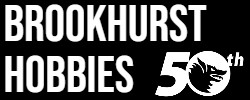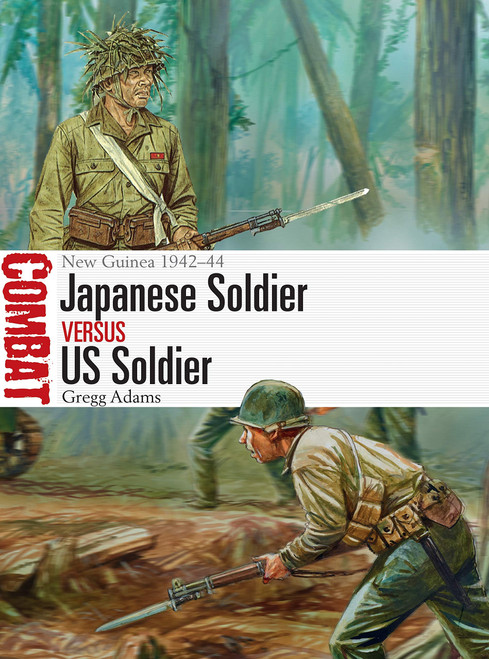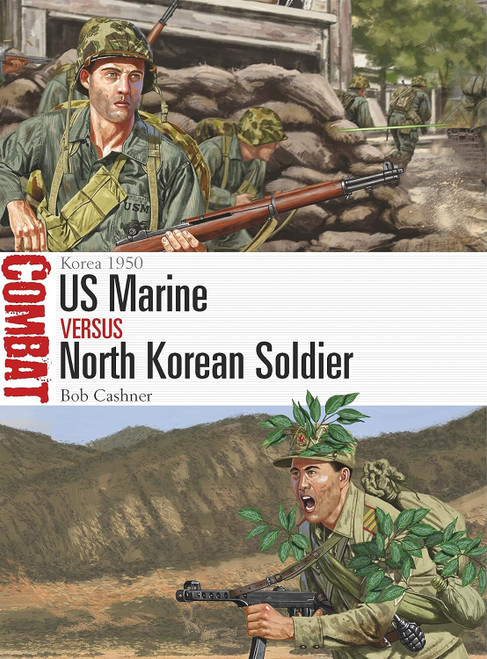Product Description
This absorbing study examines the US infantry against the Chinese Army in the unforgiving terrain of Korea during the first real clash of the Cold War.
In 1945 Korea entered the post-war world already partitioned at the 38th Parallel, the north firmly within the Soviet zone of influence and the south an ally of the United States. In June 1950 the Soviet-equipped North Korean forces struck south. After a series of North Korean successes, a dramatic fightback spearheaded by US landings at Inchon pushed the invaders back across the 38th Parallel, the United Nations forces in hot pursuit. The North Koreans had retreated almost as far as the Yalu River when 300,000 Chinese flooded across the border, driving the UN forces all the way back to Seoul.
Armed and equipped with much the same weaponry and doctrine that they had employed in the last years of World War II, US units in Korea would often find themselves outnumbered, fighting in extremely difficult terrain that precluded the widespread use of armor. Having been at war more or less continuously since 1937, the Chinese would prove to be a formidable foe. Buoyed by success in the recent Chinese Civil War, the Chinese contingent committed to Korea was composed of experienced and dedicated troops, and it would make its mark once more in Korea.
Featuring specially commissioned artwork, this study assesses the US and Chinese forces that clashed at Chipyong-ni (February 13–15, 1951), Triangle Hill (October 14–November 25, 1952), and Pork Chop Hill (July 6–11, 1953), casting light on the origins, doctrine, combat effectiveness, and reputation of these two very different forces during the struggle for victory in Korea.




